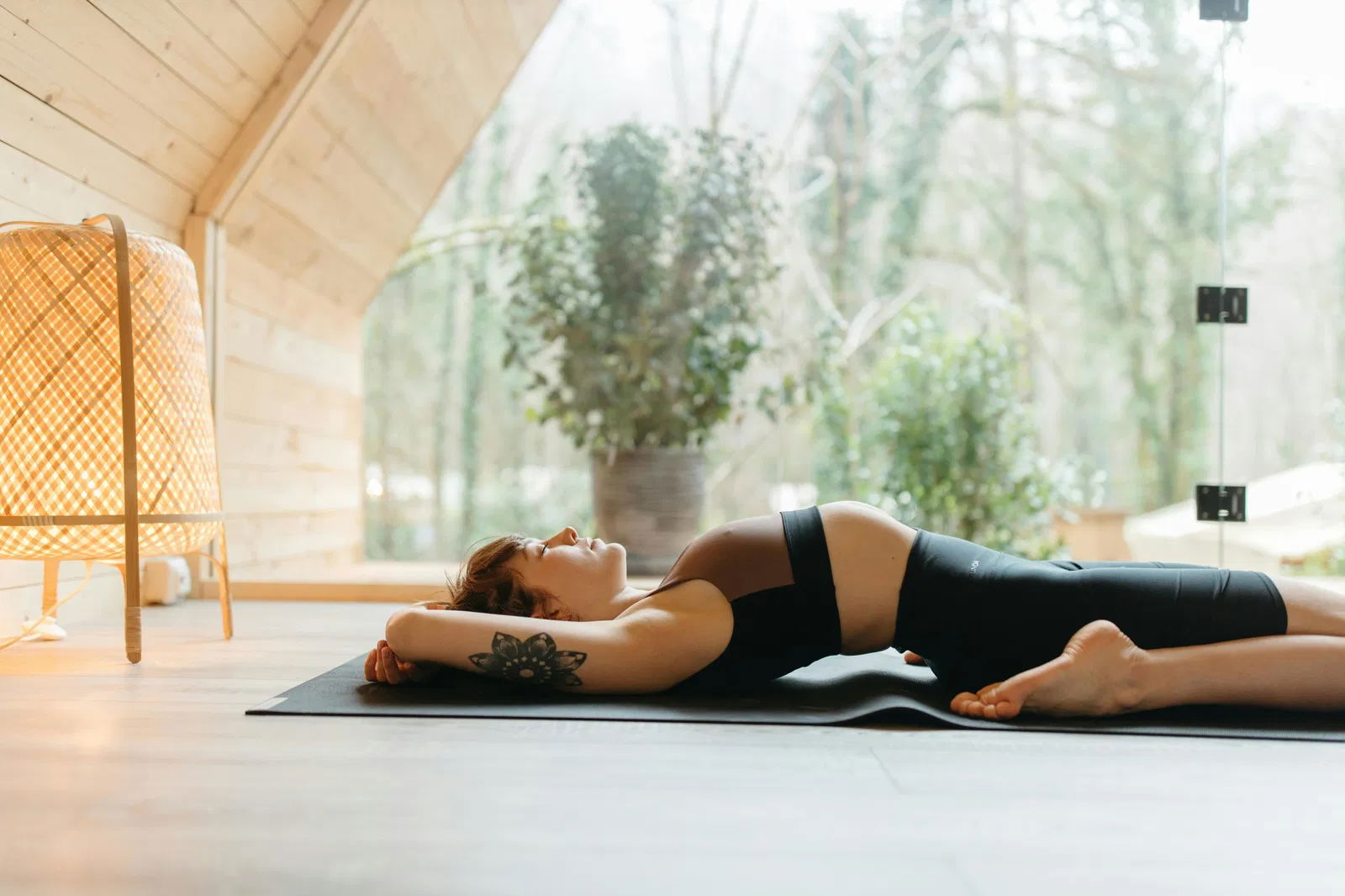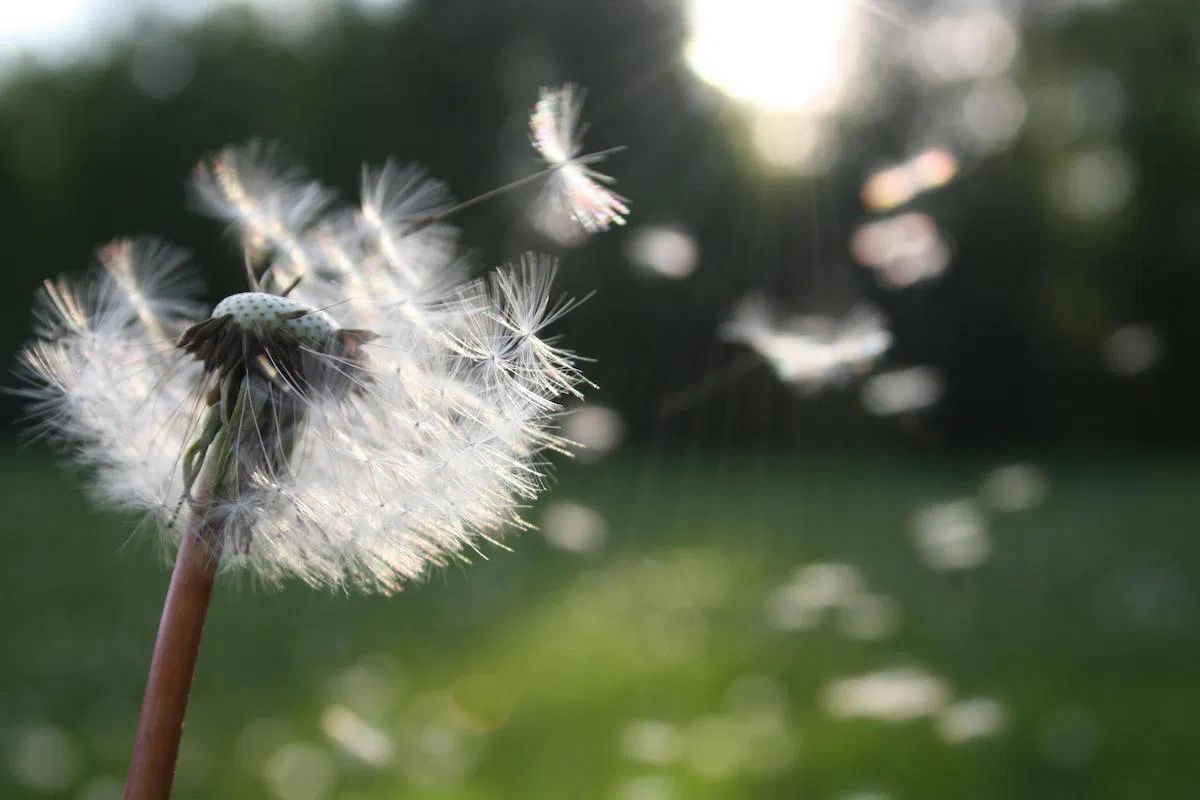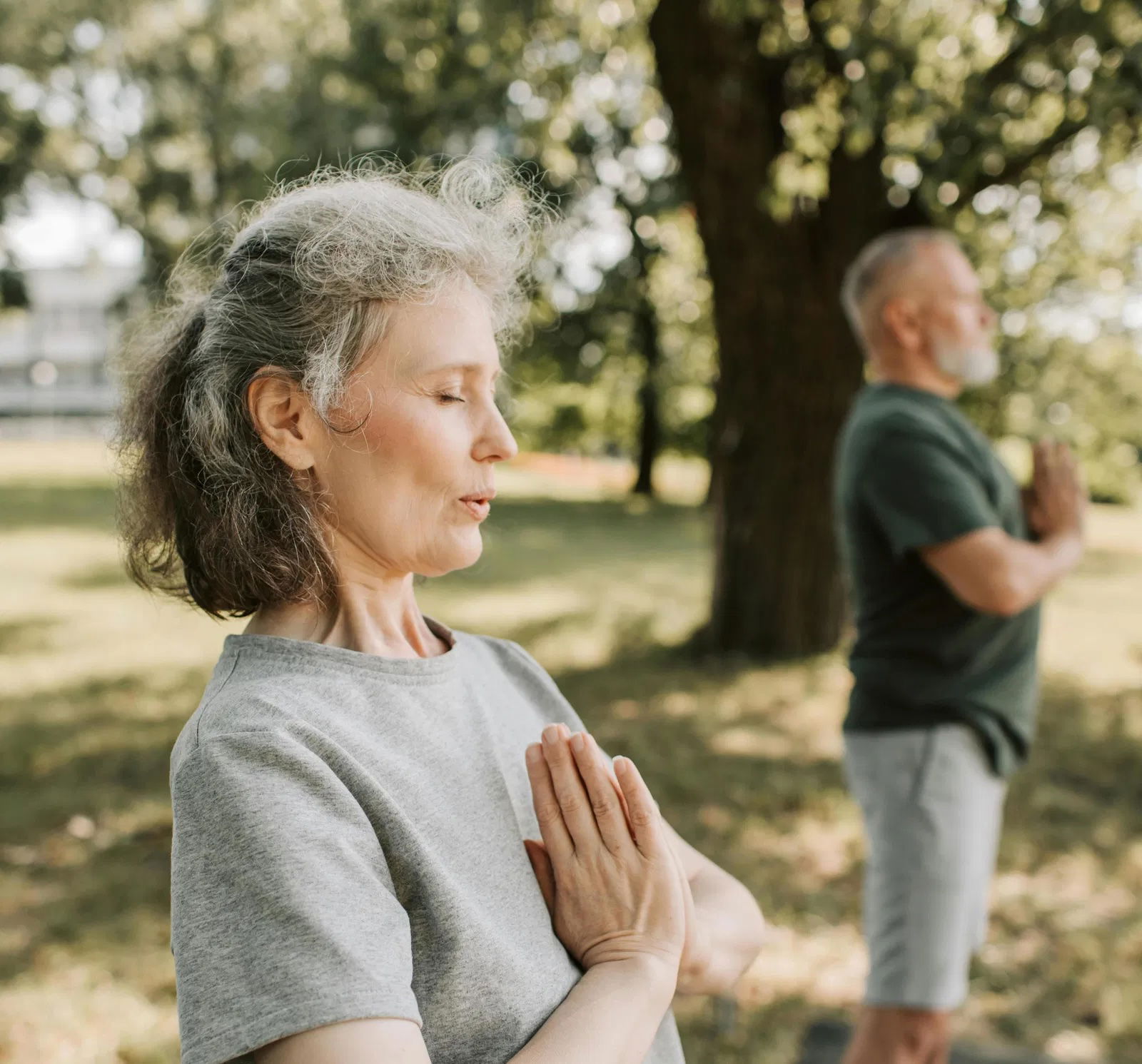Do you often suffer from stress? And would you like to be able to relax more and better? Then pay attention to your breathing! Your breathing has more influence than you may think, physically and mentally. These 4 breathing exercises help against tension and stress.
4 powerful breathing exercises for peace in your mind

The importance of breathing
Thousands of times a day we breathe. It is vitally important to us; it keeps us alive. You are not consciously working on this all day long. You breathe in and out automatically, in a constant flow. You don't have to think about that. Thankfully, you don't!
Yet breathing has become an increasingly popular concept over time. That's not surprising. More and more people are reaping the benefits of good breathing. After all, good breathing affects your health with effects such as reducing stress and symptoms of depression, lowering blood pressure, increasing focus and reducing pain.
Breathing connected to the mind
In addition to breathing keeping us alive, it affects us much more. It is connected not only to our lungs and body, but also to our mind.
For example, are you very nervous about something? Then you often breathe quickly and shallowly. But are you relaxing in bed? Then your breathing is calm and deep. Our emotions affect our breathing, but vice versa.
How we breathe is extremely important and affects our whole being. If you give daily attention to your breathing, for example during meditation, you will notice that you will start to change. You become calmer, fear disappears and energy flows through your body. You feel that you are alive.

"Breath is the link between body and mind. If the mind is like a kite, the breath is the cord. The longer the cord, the higher the kite can fly."
Breathing exercises for tension and stress
Are you experiencing tension or stress? The following breathing exercises can provide relief.
1. Deep abdominal breathing
Many people breathe shallowly not using their full lung capacity. You breathe shallowly if mainly your chest goes up and down when you breathe instead of your belly.
With abdominal breathing, you use your full lung capacity. With each inhale you push your belly out and with each exhale your belly slowly comes back in. This way you breathe much deeper because your lungs can fill with more air.
How does deep abdominal breathing work?
- Stand, sit or lie down quietly. You can do this breathing anytime, anywhere.
- Put one hand on your chest and the other on your belly.
- Now inhale deeply through your nose and expand your belly. Feel how your lungs fill with air and how your belly moves outward. Your chest hardly moves at all.
- Slowly exhale through your mouth. You will feel your belly slowly retract again.
- Do this abdominal breathing as often as you can. You will find that it makes you calmer and more energy flows through your body. Try to pay attention to breathing through your belly as much as possible during the day.
2. Ujjayi breathing
The Ujjayi or victorious breathing gives you energy and relaxes you. It is similar to abdominal breathing, but with a small constriction in your throat. You breathe in and out through your nose, but slow down breathing at the back of your throat.
This allows you to concentrate better, increases oxygen levels in your blood and makes your muscles less likely to acidify. Ujjayi breathing is therefore often used during yoga exercises.
How does Ujjayi breathing work?
- Stand or sit quietly.
- Breathe in through your nose and out through your nose, but be sure to squeeze your throat slightly. It's as if you very gently utter the "hhhhh" and you hear a soft rustling sound.
- Make sure you breathe properly through your belly, as in abdominal breathing. Breathe in and out slowly and long.
3. Bhastrika
Could you use a boost of energy? Energy is sure to flow through your body with this breathing exercise: the Bhastrika. It's a technique where you breathe in and out very forcefully so that lots of oxygen enters your body in a short period of time.
How does the Bhastrika work?
- Sit comfortably and upright.
- Inhale forcefully through your nose and fill your lungs completely with air, then exhale forcefully through your nose until your lungs are empty again.
- With each inhale bring your arms up and with each exhale bring your arms down.
- Repeat this briefly and powerfully in succession about 10 to 15 times.
- Then take a few slow breaths and repeat this set of breaths up to 3 times.
4. Nadi Shodhana Pranayama
A breathing exercise that allows you to relax deeply is the Nadi Shodhana Pranayama. This "alternating nostril breathing," as the name implies, involves breathing by switching nostrils each time.
It works very well against stress in your body. Especially if you have had a very busy day, this breathing can calm you down, lower your heart rate and improve the oxygen level in your blood.
How does the Nadi Shodhana Pranayama work?
- Sit comfortably and upright.
- Now bring the index and middle fingers of your right hand to your palm so that only your little finger, ring finger and thumb are up.
- With your right thumb, close your right nostril and inhale through the left nostril. Hold your breath.
- With your right ring finger, close your left nostril and exhale through your right nostril. Inhale through your right nostril and close it again.
- Focus on the air flowing through your nostrils.
- Repeat this a few times in a row, say about 10 minutes.
Breathing exercises app Dutch
Are you looking for a Dutch breathing exercises app? The Meditation Moments app contains several breathing exercises. For example, the meditation 'Anti-stress breathing' helps you pay very conscious attention to your breathing. But the other guided meditations also pay attention to breathing. In fact, breathing is an important part of meditation; it brings you to optimal rest.
Different situations call for different breathing exercises. Whereas Bhastrika breathing will give you more energy, Nadi Shodhana Pranayama breathing will give you more relaxation. So consider mainly what you need at this time.
How often you do breathing exercises is also completely up to you, but it is completely safe to do every day. For most people, it is not realistic to do breathing exercises every day for a long time. In this case, you can do a shorter session of 7-15 minutes every day, or once every few days.
Written by:




















